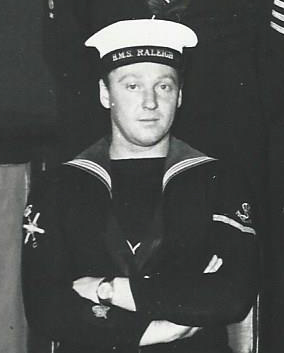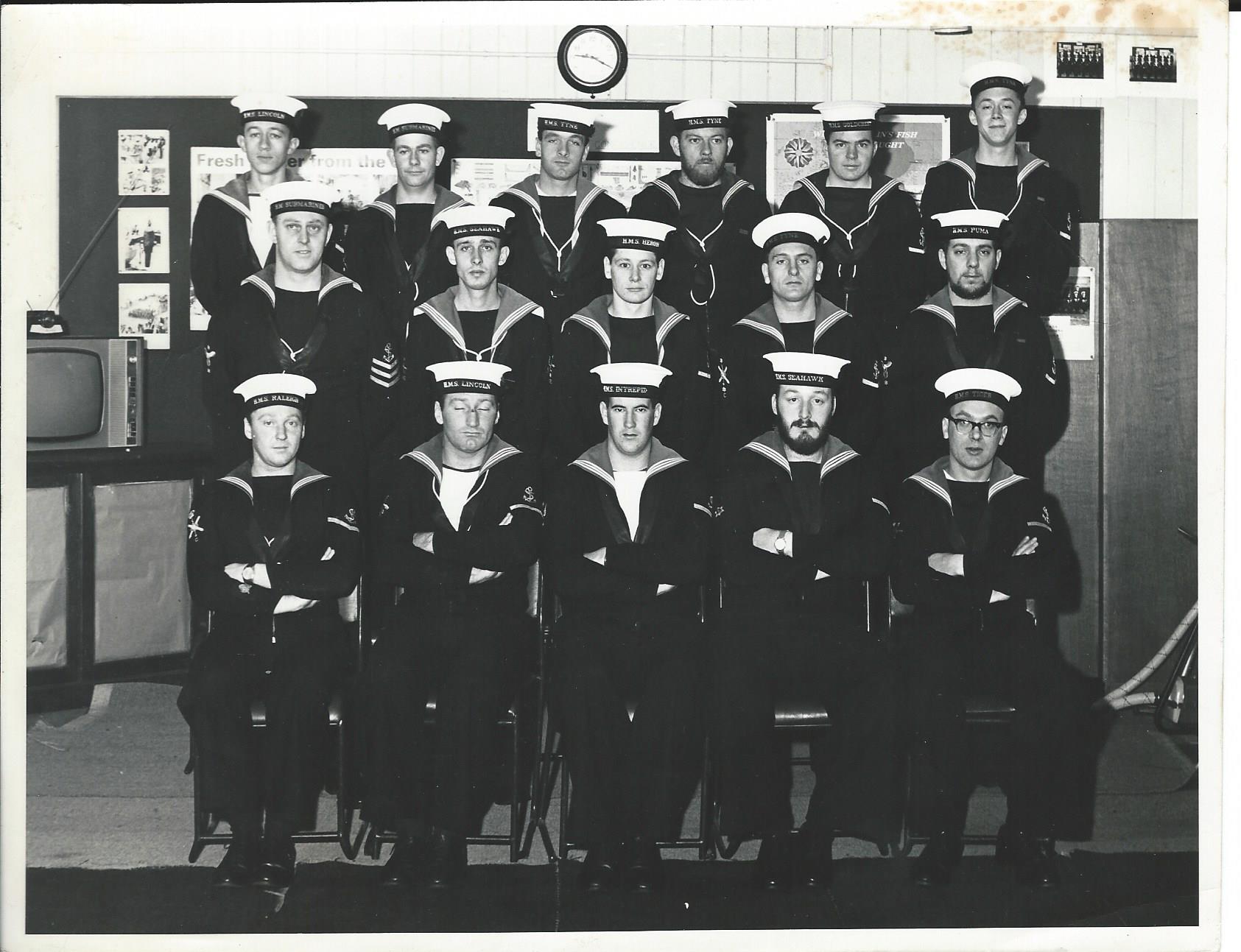|
HMS Raleigh is the modern-day basic training facility of the Royal Navy (replacing HMS Ganges) at Torpoint, Cornwall. It is spread over several square miles, and has damage control simulators and firefighting training facilities, as well as a permanently moored training ship, the former HMS Brecon. Its principal function is the delivery of both New Entry Training & Basic Training.
In 2007, phase one training for all new Royal Navy recruits was increased to nine weeks (from eight) of their career at the base, which also provides courses in military training, seamanship, logistics and submarine operations. It also delivers training for crews preparing for operational deployments. HMS Raleigh is also the home of Defence Maritime Logistics School (DMLS) providing training for the Royal Navy's Logistics Officers, chefs, stewards, pay clerks (referred to as writers), and supply chain ratings, the Seaman Specialist School, the Submarine School and HM Royal Marines Band Plymouth.
History
Six ships and one shore establishment of the Royal Navy have borne the name HMS Raleigh, after Sir Walter Raleigh:
- HMS Raleigh was a 32-gun fifth rate, previously the American USS Raleigh (1776). She was captured in 1778 by HMS Unicorn and HMS Experiment and was commissioned into the Royal Navy as HMS Raleigh. She was sold in 1783.
- HMS Raleigh (1806) was an 18-gun Cruizer class brig-sloop launched in 1806. She was used as a target from 1839 and was sold in 1841.
- HMS Raleigh (1845) was a 50-gun fourth rate launched in 1845 and wrecked in 1857.
- HMS Raleigh was to have been a wood screw frigate. She was ordered in 1860, but was cancelled in 1863.
- HMS Raleigh (1873) was an iron screw frigate launched in 1874 and sold in 1905.
- HMS Raleigh (1919) was a Hawkins-class heavy cruiser launched in 1919 and wrecked in 1922.
HMS Raleigh was commissioned on 9 January 1940 as a training establishment for Ordinary Seamen following the Military Training Act which required that all males aged 20 and 21 years old were called up for six months full-time military training, and then transferred to the reserve.
During the Second World War, 44 sailors and 21 Royal Engineers were killed when a German bomb hit the air-raid shelter they were in at Raleigh on 28 April 1941. In 1944, the United States Navy took over the base to use as an embarkation center prior to the Invasion of Normandy. Raleigh was transferred back to the Royal Navy in July 1944 to continue training seamen. Ealy in 1950 the base became the new entry and engineering training establishment for stoker mechanics. The cruiser Newfoundland being used for "onboard training, boiler room, auxiliary machinery, ships boats etc". The base was modernised through the 1970s, and in the early 1980s, Raleigh took on the Part I training for the Women's Royal Naval Service, and Artificer Apprentices as well as adding the Royal Naval Supply School. These had previously taken place at HMS Dauntless, HMS Fisgard and HMS Pembroke respectively. In 1990, the training of male and female recruits was merged, and over the following ten years the base absorbed the Cookery School (from the Army Catering Corps headquarters) and the Submarine School from HMS Dolphin
  The final draft of my Naval career started in 1969, I had two stints at HMS Raleigh one in March 69 to complete my Leading seaman rate exam before joining HMS Vernon for my UC1 course. The final draft of my Naval career started in 1969, I had two stints at HMS Raleigh one in March 69 to complete my Leading seaman rate exam before joining HMS Vernon for my UC1 course.
The second draft to Raleigh was after the course at Vernon for two years to 1971 as ships company (pictured above) to the training school, part of my duties included ship’s diver stationed at the quay before transferring to HMS Drake for demob and discharge by purchase in February 1971 and enlisting for three years in Naval reserves.
|